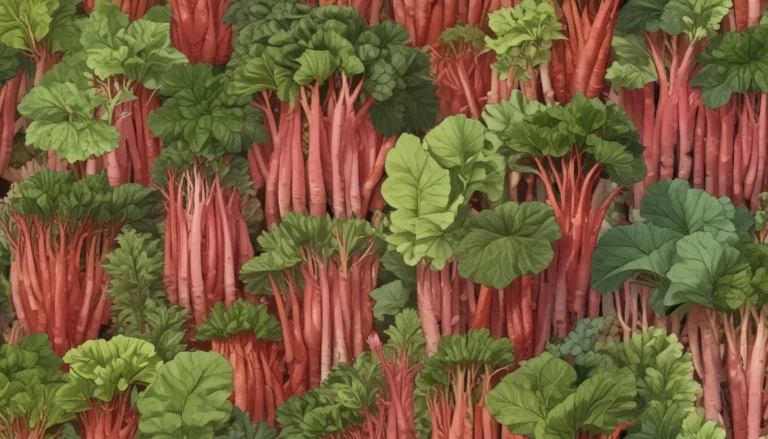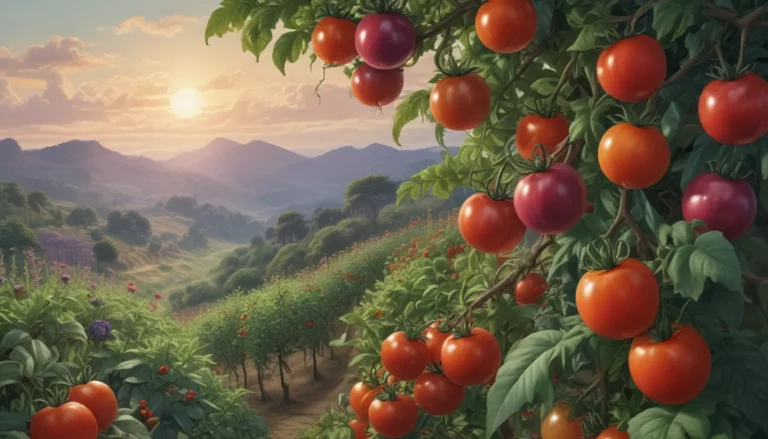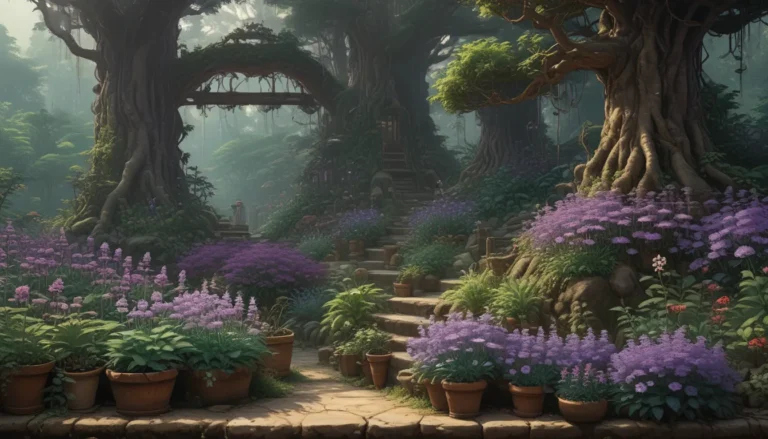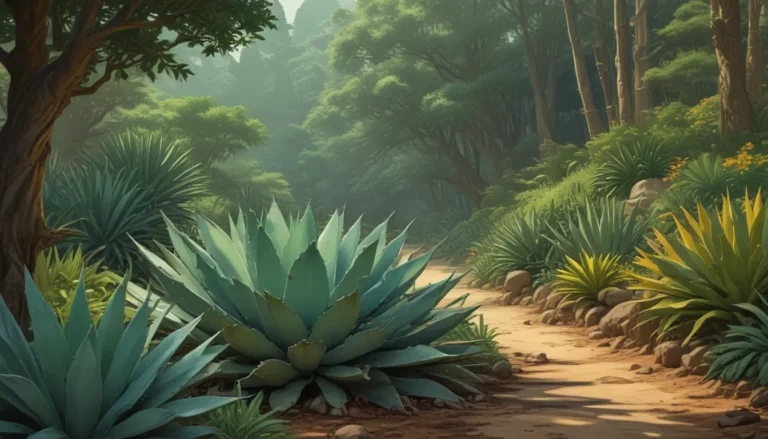Comprehensive Guide to Planting and Growing Pole Beans

Are you ready to take your gardening skills to new heights with a crop that reaches for the sky? Pole beans, also known as Phaseolus vulgaris, offer a tasty and bountiful harvest when cultivated in your summer vegetable garden. With a vining growth habit that requires support from trellises or stakes, these legumes allow you to maximize garden space while adding visual interest and culinary excitement to your veggie patch.
In this in-depth guide, we’ll cover everything you need to know about cultivating pole beans, from planting to harvesting. We’ll also provide tips for transforming your harvest into delicious culinary creations. So, let’s dive into the world of pole beans and discover the joys of growing this versatile legume.
What Are Pole Beans?
Before we delve into the nitty-gritty of growing pole beans, let’s clarify what exactly pole beans are. Pole beans are legumes with a vining growth habit that requires support to climb upwards, such as trellises, stakes, or teepees. Botanically classified as Phaseolus vulgaris, pole beans belong to the Fabaceae family.
These legumes come in various species, each with unique characteristics. Besides Phaseolus vulgaris, you can also find climbing varieties of beans in limas, cowpeas, mungs, runners, teparies, winged, and yard longs. Unlike bush beans, pole beans have an indeterminate growth habit, which means they continue to produce pods until stopped by external factors like frost.
When identifying pole bean varieties of P. vulgaris, look for plants with vining growth up to five feet tall or more, divided leaves with three leaflets, stems and foliage usually green with some having a purplish tinge, and pods in assorted colors, shapes, and sizes. Inside these pods are kidney-shaped seeds that can be dried for future crops or enjoyed as a kitchen staple.
Cultivation and History
The pole beans we grow today were domesticated from a wild plant originating from Latin America. P. vulgaris was first cultivated over 7,000 years ago and is native to temperate and subtropical climates. An interesting historical use of pole beans is in the Three Sisters planting combination with pumpkins or squash and corn, practiced by Native American peoples over 950 years ago.
In North America, pole beans are grown as annual summer crops, making them a popular choice for beginner vegetable gardens or those maximizing space with vertical gardening. To ensure a successful crop, plant pole beans in a location receiving full sun, well-draining soil with a pH of 6.0 to 8.0, and provide one inch of water per week. Create climbing supports for the vines using trellises, stakes, or homemade structures.
How to Sow
Sowing pole beans directly in the ground is the best option as they don’t transplant well. Wait until after the last spring frost, and when the soil temperature is between 70 and 80°F for optimal germination. Space seeds two to four inches apart, ensuring proper airflow for humid climates. Water the seeds until germination occurs in eight to 15 days, protecting them from pests and diseases.
When sowing seeds, use a graduated dibblet or pencil to make holes one inch deep in the soil for each seed. Drop one seed per hole, gently close the soil over each seed, and water thoroughly. Continue to keep the soil moist until seedlings emerge, which can be a thrilling sight for both new and experienced gardeners.
How to Grow
Once your pole beans germinate, care for them by providing full sun, climbing supports, and well-draining soil enriched with compost. Water the plants about one inch per week, and ensure they have proper support structures like trellises or stakes. Vine growth can be encouraged by pinching back the vines to the top of poles, increasing yields.
Additionally, maintain the garden by weeding around the plants, mulching to prevent weed growth and maintain soil moisture, and fertilizing with compost and rhizobium bacteria. Rotate crops annually, grow companion plants to deter pests, and take preventive measures against common diseases like anthracnose and bean common mosaic virus. Regularly inspect plants for signs of pests or diseases and take appropriate measures for control.
Cultivars to Select
Choosing the right cultivar is crucial for a successful pole bean harvest. Some popular varieties include ‘Northeaster,’ an early producer with flat beans; ‘Rattlesnake,’ an heirloom with mottled pods; ‘Seychelles,’ a high-yielding selection with straight, dark green pods; and ‘Trionfo Violetto,’ an Italian heirloom with slender burgundy pods. Browse through various cultivars to find the perfect pole beans for your garden.
Managing Pests and Disease
Protecting your pole beans from pests and diseases is essential for a healthy harvest. Common pests include aphids, cutworms, and Mexican bean beetles, while diseases like anthracnose, bean common mosaic virus, and powdery mildew can affect plant health. Implement preventive measures like maintaining garden hygiene, using beneficial insects, and selecting resistant cultivars to minimize pest and disease damage.
Harvesting
Harvest pole beans at different stages for optimal use. Snap the pods when young and tender for fresh eating, shell mature pods for fresh or preserved seeds, and allow dry beans to harvest for future planting or cooking. Properly store harvested seeds in a dark, dry location in airtight containers for extended use. Explore different methods of preserving pole beans, such as freezing, dehydrating, fermenting, or canning, to enjoy your harvest year-round.
Recipes and Cooking Ideas
Incorporate pole beans into your culinary creations with simple preparations like roasted lemon garlic green beans or elaborate dishes like Sriracha tofu vegetable stir fry. Experiment with pressure cooking, freezing, fermenting, or canning pole beans to preserve their freshness and flavor. Discover new ways to enjoy pole beans and elevate your dishes with the versatility and nutrition of this crop.
Conclusion
Growing pole beans offers a rewarding experience for beginner and experienced gardeners alike. With proper care, support, and maintenance, you can enjoy a bountiful harvest of fresh, flavorful legumes. By selecting the right cultivars, managing pests and diseases, and exploring various preservation methods, you can transform your pole bean crop into delicious dishes year-round. Cultivate your garden with lofty legumes and savor the joys of growing and cooking with pole beans.
Additional Resources
For more inspiration and guidance on growing plant-based protein and expanding your gardening skills, explore these resources:
- Tips for Growing Green Beans in Fall – Plant Green Beans and Enjoy Gardening Like a Pro
- How to Grow Bush Beans
If you have questions, need troubleshooting tips, or want to share your gardening journey, feel free to post comments, photos, or inquiries in the comments section below. Let’s celebrate the love for lofty legumes and elevate our gardening adventures with pole beans!





